Last updated: July 30, 2020
Article
NPS Prescribed Fire Program Goes Global
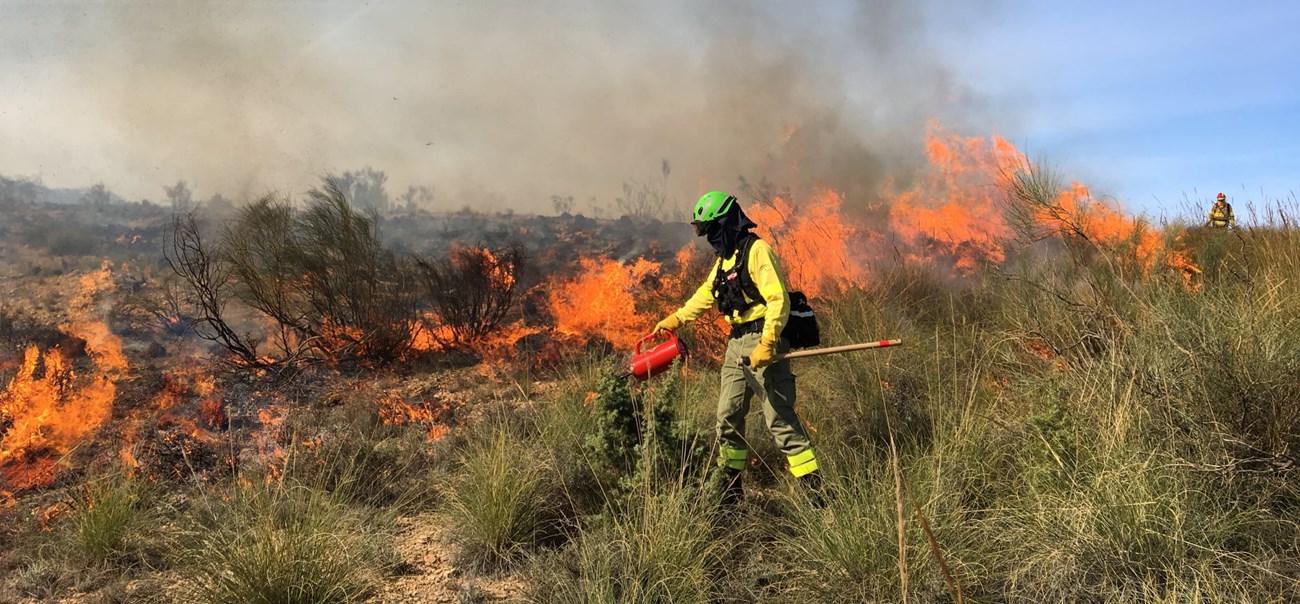
The Nature Conservancy
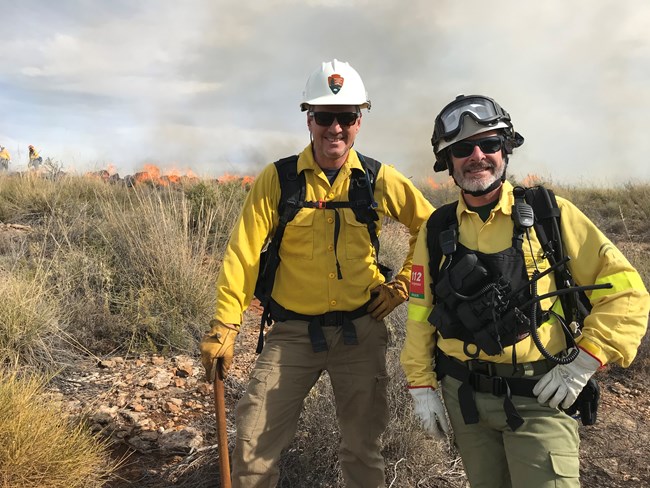
Francisco Senra Rivero
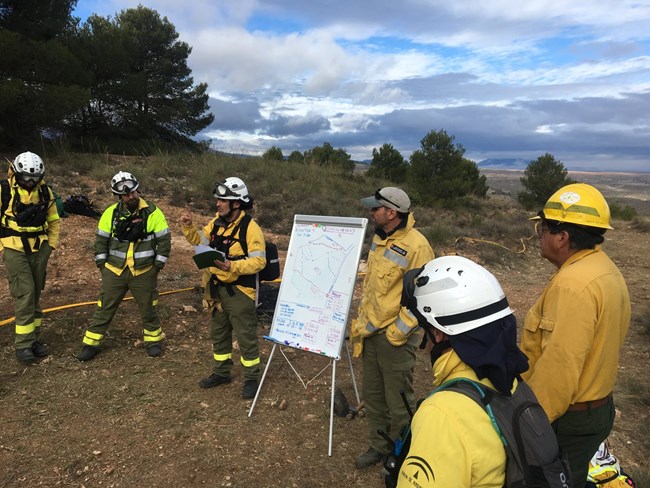
The Nature Conservancy
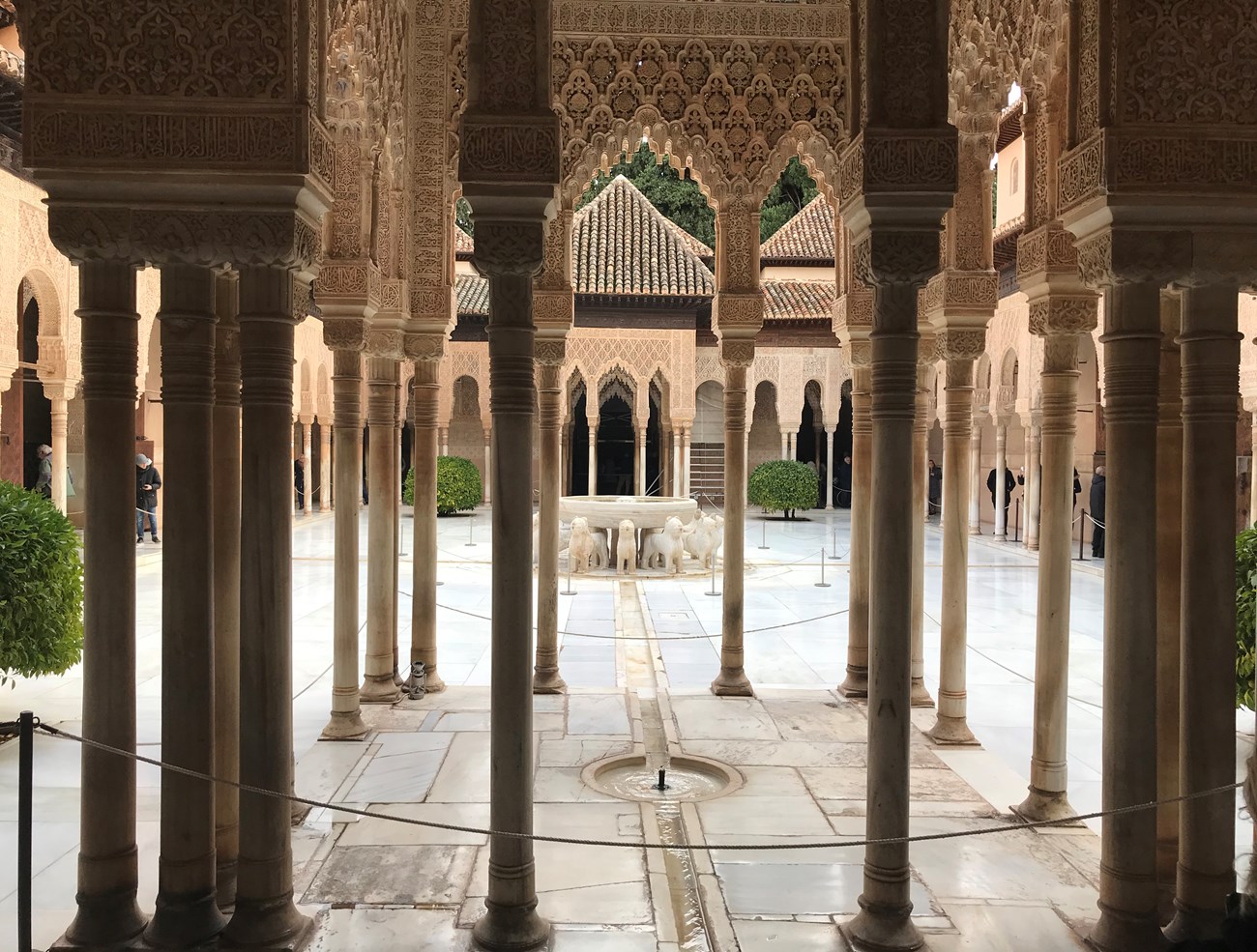
Richard Sinkovitz/NPS

Richard Sinkovitz/NPS
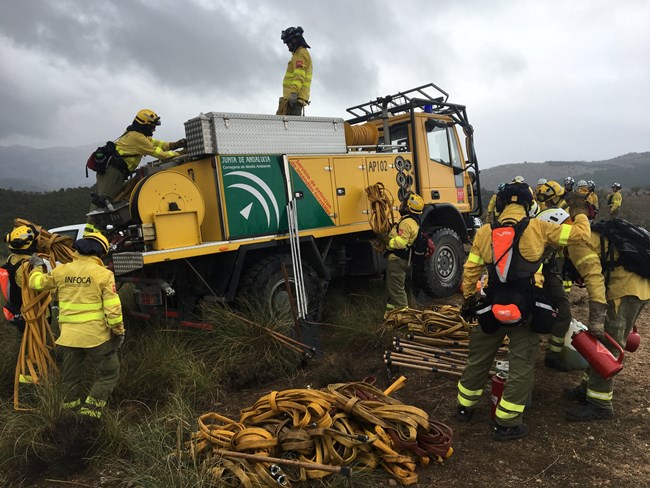
The Nature Conservancy
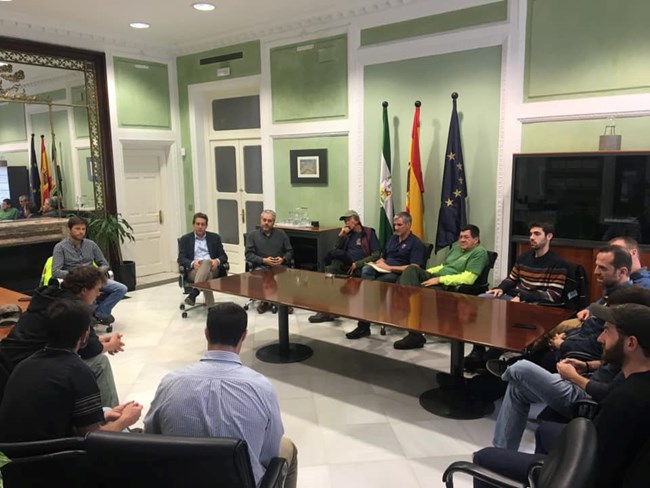
Jeremy Bailey/The Nature Conservancy
Communication was challenging, but multi-lingual participants like Sinkovitz benefitted from speaking Spanish to communicate operations and plans. There were other translators as part of the cadre, so it was not a requirement for participants to be bilingual. The program gave all members an opportunity to practice their English or Spanish speaking skills. “Working directly for the incident commander and participating in planning meetings and briefings as one of the primary translators was a unique and challenging opportunity for me,” said Sinkovitz.
This was not his first time to work with Spanish speaking fire crews. Sinkovitz managed Los Diablos Fire Crew at Big Bend National Park, which had participants who only spoke Spanish.
